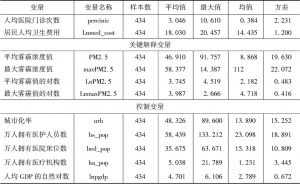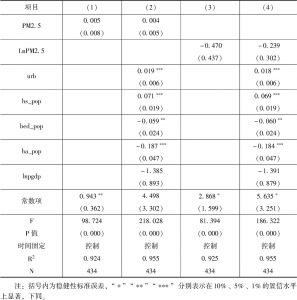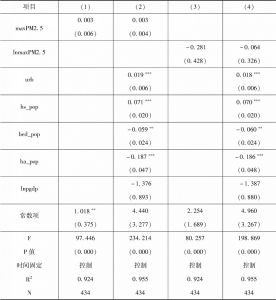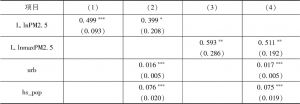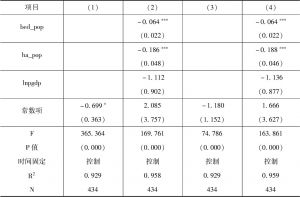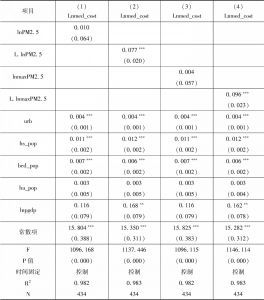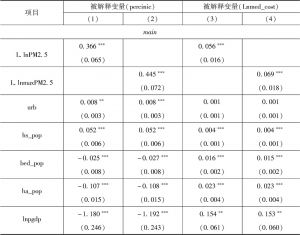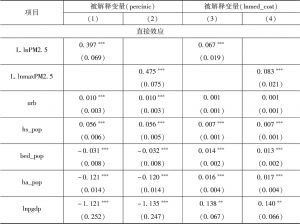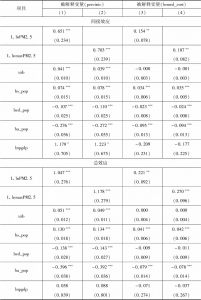章节
京津冀雾霾污染及雾霾治理的政策启示
摘要
京津冀是我国雾霾污染的高值区,研究雾霾污染对居民健康的影响对首都转型发展有重要意义。由于大气PM2.5污染具有较强的空间扩散效应和空间关联效应,研究京津冀PM2.5污染必须放在全国的视野下进行。采用ArcGIS技术解析卫星栅格数据,获2002~2015年中国31个省份的PM2.5平均浓度值和最大浓度值,从经济学角度考察雾霾污染对健康影响的时空滞后效应,结果表明:无论采用人均就诊次数,还是采用人均卫生费用衡量健康风险指标,雾霾污染对健康风险均存在显著的时间滞后效应,即存在潜伏期;上年的平均雾霾浓度和最大雾霾浓度每提高1%,人均就诊次数将分别增加0.4次和0.51次左右,人均卫生费用支出将分别增加0.08%和0.1%;考虑到雾霾污染具有较强的空间依赖性,通过空间计量模型分析发现,邻近地区雾霾污染对健康的影响大于本地雾霾污染,这为雾霾的跨界污染提供了佐证。本文的政策启示是:雾霾污染具有较强空间的相关性,治理雾霾污染时,需要综合考虑联防联控政策。治理首都的PM2.5污染,不能“各人自扫门前雪”,需要采取京津冀区域甚至全国联防联控的措施。
作者
何仁伟 ,北京市社会科学院市情研究所研究员,主要研究方向为乡村振兴、城乡融合发展。
检索正文关键字
章节目录
-
一 研究缘起
- (一)空气污染严重损害居民健康
- (二)京津冀是我国雾霾污染的高值区
- (三)研究雾霾污染对居民健康的影响对首都转型发展有重要意义
-
二 文献回顾与研究假说
- (一)文献回顾
- (二)研究假说
-
三 模型设定与数据说明
- (一)模型设定
- (二)变量选取
- (三)数据说明
-
四 基准结果分析
- (一)当期平均雾霾值对人均就诊次数的影响
- (二)当期最大雾霾值对当期人均就诊次数的影响
- (三)滞后一期雾霾值对人均就诊次数的影响
- (四)稳健性检验
-
五 空间计量分析
- (一)空间依赖性检验
- (二)空间计量模型
- (三)空间计量估计结果
- 六 结论与讨论
相关文献
查看更多>>>



